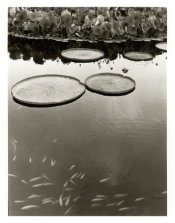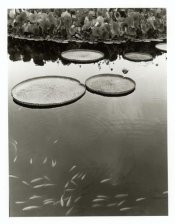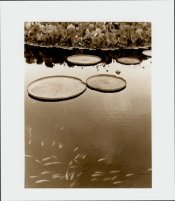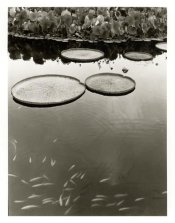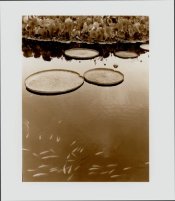Tim Rudman's toning book is excellent but I am not sure if he goes into this kind of information, which is very useful for people who do systematic tests to find best solution, but most average people don't think like you and I do. One of the well known experts in this area is Ira Current, who was for many years in charge of testing paper emulsions and quality control at Ansco. He published several excellent papers from 40s to 60s. I studied those papers very closely and also contacted Mr Current for many questions and clarification, because the test materials differ between then and today. But surprisingly, in my independent tests, I get very same results as what he published decades ago for the influence of various factors on toned image hue. I've summarized what I think is important in previous posts as well as my web site, and everything I know went into consideration in making my developers.
One thing that is pity is that toning is a LOT less common than in 1950s, when almost every portrait photographer had his signature toner solution. So besides Tim's books and my online scribbles you won't find much more info. People don't even know Ira Current, for example, who was once very well known among technically competent photographers. (Well, I'm not that old so I'm learning all these through publications, memoirs of key industrial people and conversations with the elders.)
But then what's tricky is the mechanism part. The hue of silver image is one of the least understood part of b&w emulsion and processing chemistry. This is partly because emulsion chemists, processing chemists, artists and conservation scientists rarely had in depth discussion of this aspect together. These people speak VERY different languages and they have very different approaches. But the major pieces of building blocks existed from 50s to 80s, including works done by big shots from Kodak, Polaroid (including Land himself), and several other companies. For someone like me, it's easy to make sense of their work together as a whole, but this is the kind of things I never saw written comprehensively in literature. For example, people like Current wouldn't discuss the effect from emulsion chemistry on image effects, while emulsion chemists wouldn't discuss toning, or an integral process of artwork production. Anyway, the short message is that there is a LOT of knowledge that is not found in books, sadly.
Another sad part is that those who know the stuff are old today, if still alive. I was REALLY (happily) surprised when I learned that Ira Current used email. But in many cases, this is getting into the zone where I have to cross check written reports from the past, informal information from the elders and do independent tests, before accepting a piece of old knowledge to be valid today.








